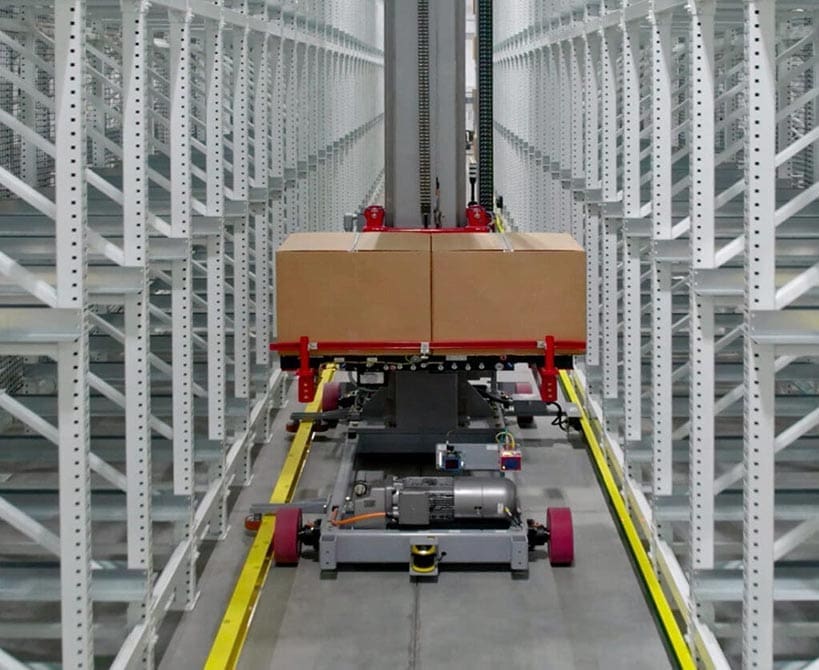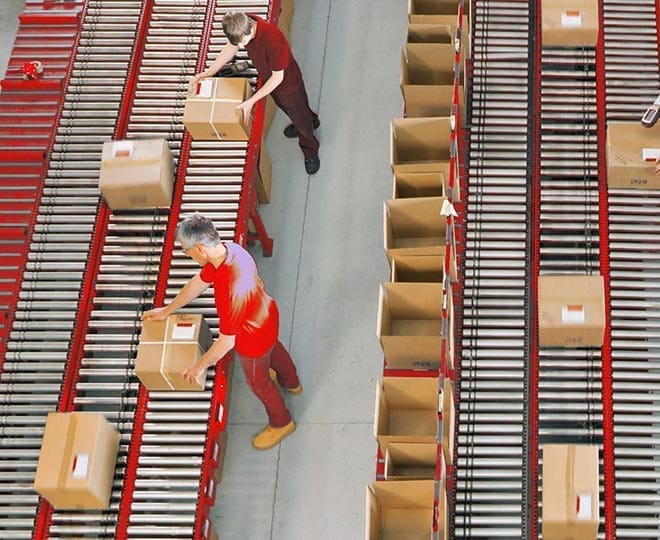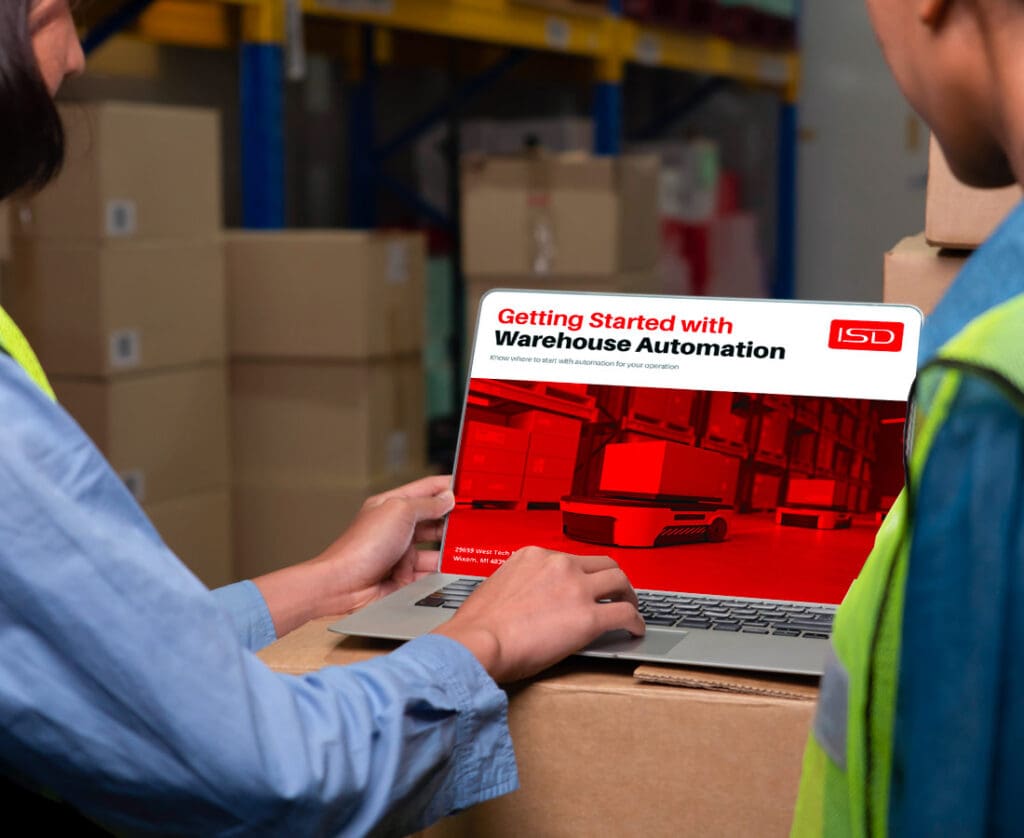In the ever-evolving landscape of retail package shipping, a new wave of sustainable packaging legislation is sweeping across the United States. On June 28, 2024, New Jersey joined the ranks of states implementing stricter regulations on packaging practices by signing in S226 which passed in a 21-15 vote. This latest development underscores the importance of sustainable and cost-effective packing and shipping solutions in the retail and ecommerce business.
The Rise of DIM Weight in Retail Package Shipping

The shippers in 2014 realized that their business value wasn’t shipping packages, but rather the transportation of “X” amount of space per day in their trucks, ships and planes. The end effect was delivering the package to an end user, but their calculations changed dramatically, and DIM pricing was born. Clearly, shippers realized that their shippable space had a value often greater than just its weight.
DIM weight is a pricing technique used by carriers that considers the package’s volume and its actual weight. This method was introduced to ensure that lighter, bulky packages are priced fairly, considering the space they occupy during transport.
DIM weight is calculated by multiplying the length, width, and height of a package, then dividing by a DIM divisor (usually 139 for domestic shipments). The greater of the actual weight or the DIM weight is then used to determine shipping costs. This pricing model has significant implications for retailers using oversized boxes, as they may be paying for unnecessary space.
Packing Practices to Optimize Sustainability, DIM Weight, & Legislation Realities:
1. Correct-sizing packages: Use automation to build boxes around each order’s contents.
By implementing automatic box making technologies, each order has a box automatically made with little or no extra space around the order. This packaging provides close to zero wasted shipping space and because there is little room for items to move, the order arrives in good shape.
2. Using appropriate packaging materials: Choose materials that provide protection without adding excessive bulk such as bags made of poly or paper material.
By utilizing the optimum packaging material retailers can avoid shipping air. Technologies called automatic baggers utilize a poly or paper-based material which eliminate the need for boxes. It is critical to ship inventory that doesn’t require the protection a box provides.
Since there is no air in the bag, items will roll and move freely. So, it’s important to match the nature of the inventory with its ability to arrive at a customer’s home or business intact. This lack of wasted space in the packaging provides a cheaper DIM rate and will not run afoul of the new legislation.
3. Use inventory sizing and weight data to build and consolidate orders: Combine multiple items into a single, efficiently packed box.
By tracking and logging each piece of inventory’s size, weight and fragility level, organizations can use their warehouse software such as a Warehouse Management System (WMS) or Warehouse Execution Systems (WES) to dynamically calculate each orders volume and weight in real time. The order is then routed to a pack station which has a range of standard box sizes designed to best fit that exact order.
Every operation is different, but most retailers can usually utilize a range of five to 10 standard box sizes to accommodate 95% of their orders. Different pack stations can be assigned different standard box sizes to meet a facility’s velocity requirements.
Enhancing Efficiency and Customer Satisfaction through Automation
As the retail landscape continues to evolve, the importance of efficient, sustainable packaging solutions cannot be overstated due to customer satisfaction and overall shipping costs.
By adopting any one or combination of the three solutions above, retailers can:
- Ensure compliance with new packaging regulations
- Reduce material waste and carbon emissions
- Optimize shipping costs through better DIM weight management
- Enhance customer satisfaction with improved product protection
- Increase operational efficiency and throughput
- Scale your packaging processes to meet growing demand
In an era where DIM pricing, sustainability, efficiency, and customer experience are crucial for the future of retail and ecommerce, it’s essential to future-proof packaging and shipping operations. As more states implement stricter packaging regulations, retailers who adapt early will find themselves at a significant advantage, both in terms of compliance and competitiveness in the market.




